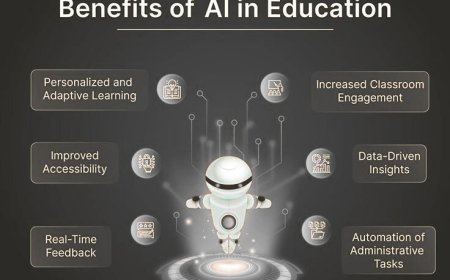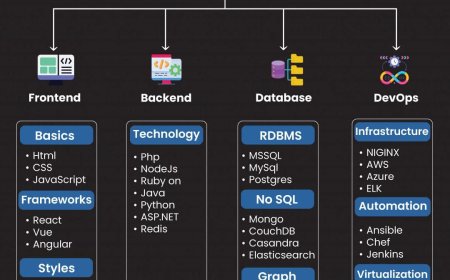EB2 NIW vs Regular EB2: Which Path Offers Better Value in 2025?
As the U.S. immigration landscape continues to evolve in 2025, skilled professionals seeking permanent residency are increasingly faced with the decision between two pathways under the EB2 category: theRegular EB2 and the EB2 National Interest Waiver (NIW). Both routes serve high-skilled individuals but differ significantly in their application processes, requirements, and long-term benefits. Understanding the pros and cons of each is crucial for applicants hoping to make a smart, strategic move toward a green card.
Understanding the Basics: What Are EB2 and EB2 NIW?
The EB2 category, also known as Employment-Based Second Preference, is designed for professionals with advanced degrees or exceptional abilities in fields such as science, business, or the arts. Within this category, there are two distinct options:
-
Regular EB2: Requires a job offer from a U.S. employer and a Labor Certification (PERM) to prove that no qualified U.S. worker is available for the role.
-
EB2 NIW (National Interest Waiver): Allows applicants to bypass the job offer and PERM process if they can prove their work significantly benefits the U.S. national interest.
The visa eb2 niw route has become particularly attractive to self-employed professionals, entrepreneurs, and researchers, offering more independence and flexibility compared to the employer-dependent Regular EB2 track.
Key Differences in Eligibility and Process
While both routes demand strong qualifications, the criteria for each vary in meaningful ways. For Regular EB2, the primary requirement is a valid job offer from a U.S. employer who is willing to sponsor the applicant through the labor certification process. This can take months to complete and often introduces delays due to Department of Labor processing times.
In contrast, the visa eb2 niw pathway allows applicants to self-petition, eliminating the need for employer sponsorship. This autonomy appeals to many professionals working on innovative research, national security, public health, or emerging technologies. To qualify, applicants must demonstrate that:
-
Their work has substantial merit and national importance,
-
They are well-positioned to advance their field, and
-
It would benefit the U.S. to waive the job offer requirement.
Given these requirements, it's easy to see why visa eb2 niw applications are popular among PhD holders, academic researchers, and entrepreneurs driving impactful innovation.
Timeline and Processing Considerations
When evaluating the value of each route in 2025, processing speed is a major factor. Regular EB2 petitions, because they rely on the PERM labor certification, can take significantly longer, with processing times often stretching to 1824 months. Delays at any stageespecially in getting the PERM approvedcan be frustrating.
The EB2 NIW option, on the other hand, generally has fewer bureaucratic steps. Although USCIS processing times for NIW petitions can vary, many applicants now benefit from the premium processing upgrade, introduced in recent years. This feature expedites decisions on the petition itself, although it doesnt affect the overall green card timeline if priority dates are backlogged.
In many cases, individuals using the visa eb2 niw pathway can begin working on entrepreneurial or research-based projects in the U.S. while their petitions are pending, assuming they are on a valid nonimmigrant status.
Flexibility and Career Growth
One of the most important differences between these two options is the degree of career flexibility they provide. Regular EB2 locks applicants into a specific employer and position. If the job offer falls through at any point before the green card is issued, the entire process may need to be restarted.
Conversely, EB2 NIW offers significantly more control to the applicant. Since the petition is not tied to a single employer, professionals can switch jobs, start a business, or pursue freelance opportunities without jeopardizing their green card process. This level of flexibility can be a major advantage in todays dynamic job market, especially for those in STEM, tech innovation, and healthcare.
For individuals who value career autonomy, the visa eb2 niw offers a clearer edge over the traditional employer-bound route.
Costs and Legal Complexities
The Regular EB2 route, while employer-sponsored, often comes with fewer upfront costs for the applicant since many employers cover legal and filing fees. However, this benefit may be offset by the lack of control and potential for job-based disruptions.
The EB2 NIW process, by contrast, requires the applicant to bear most of the cost, including legal representation and filing fees. Yet, many see this as a worthy investment, especially those with strong credentials who prefer to avoid employer dependency.
Those evaluating visa eb2 niw in 2025 should consider the full financial picture: while the upfront expenses may be higher, the long-term career flexibility and faster timelines can provide substantial return on investment.
Which Path Should You Choose in 2025?
In 2025, choosing between EB2 NIW and Regular EB2 depends on an individuals career goals, qualifications, and tolerance for risk. Those with a clear job offer from a reputable U.S. employer and who are comfortable with a more structured path may find Regular EB2 sufficient. On the other hand, independent professionals, researchers, and innovators looking for a more autonomous journey often find the EB2 NIW route more aligned with their ambitions.
Each route has its own set of advantages, and neither is universally "better"but when measured by value in terms of flexibility, processing time, and long-term benefits, EB2 NIW is emerging as the smarter path for many global talents.













































